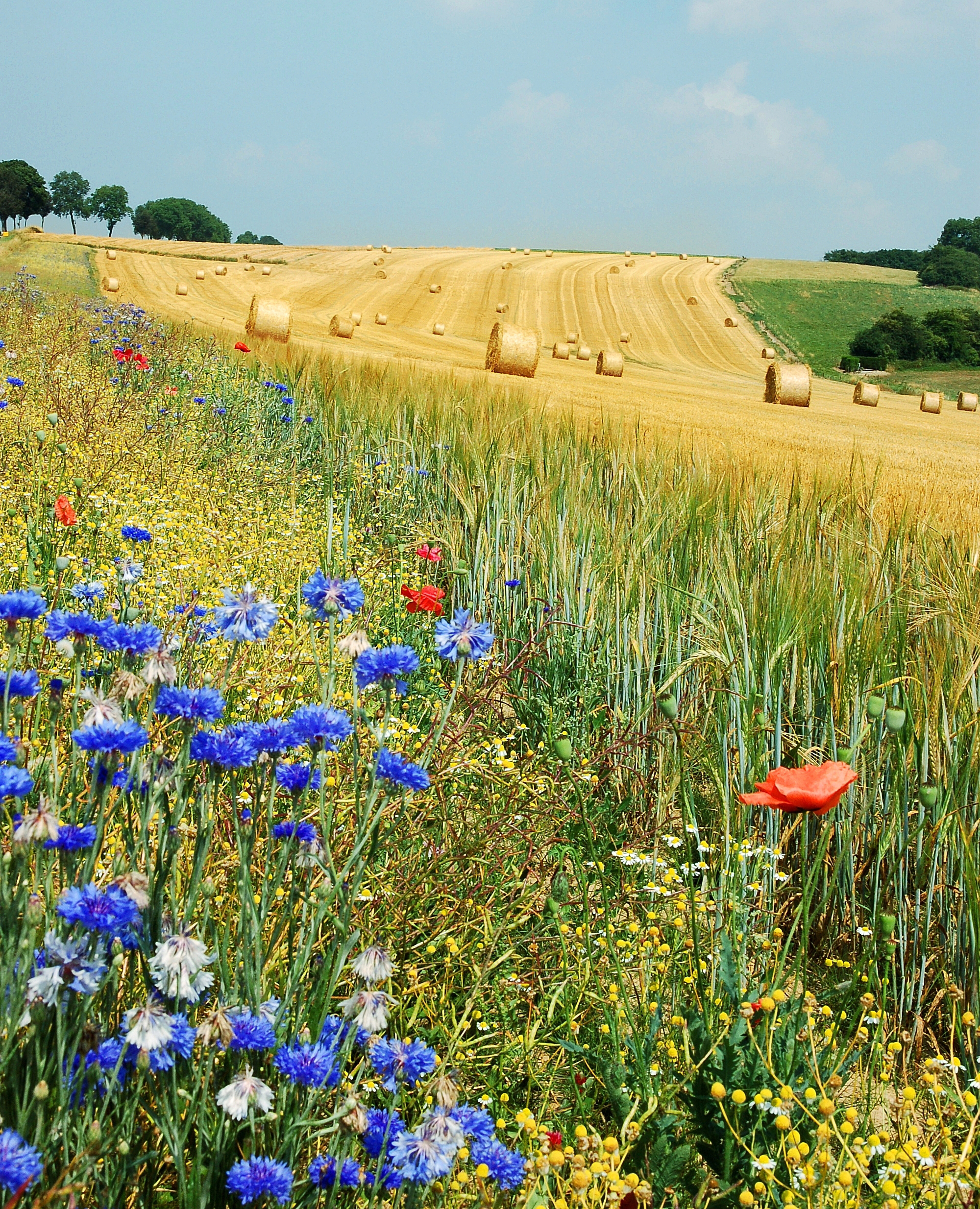Set-aside on:
[Wikipedia]
[Google]
[Amazon]
 Set-aside was an incentive scheme introduced by the
Set-aside was an incentive scheme introduced by the
 Set-aside was an incentive scheme introduced by the
Set-aside was an incentive scheme introduced by the European Economic Community
The European Economic Community (EEC) was a regional organization created by the Treaty of Rome of 1957,Today the largely rewritten treaty continues in force as the ''Treaty on the functioning of the European Union'', as renamed by the Lis ...
(EEC) in 1988 (Regulation (EEC) 1272/88), to (i) help reduce the large and costly surpluses produced in Europe under the guaranteed price system of the Common Agricultural Policy
The Common Agricultural Policy (CAP) is the agricultural policy of the European Union. It implements a system of agricultural subsidies and other programmes. It was introduced in 1962 and has since then undergone several changes to reduce the ...
(CAP); and (ii) to deliver some environmental benefits following considerable damage to agricultural ecosystems and wildlife as a result of the intensification of agriculture.
It sought to achieve this by requiring that farmers leave a proportion of their land out of intensive production. Such land is said to be 'set-aside'.
History
Set-aside became compulsory in 1992 for large arable farmers as part of the MacSharry reform of the Common Agricultural Policy. It was originally set at 15% and reduced to 10% in 1996. Following the introduction of decoupled payments in 2005, farmers who had historically claimed set-aside were awarded a number of set-aside 'entitlements' equivalent to the area they had previously set-aside. In order to receive payment on these set-aside entitlements, an equivalent number of hectares had to be removed from agricultural production. Set-aside land was shown to be an effective way to improve soil chemistry and increase biodiversity on arable farmland, especially on 5-year non-rotational set-aside. On 16 July 2007, theEuropean Commission
The European Commission (EC) is the executive of the European Union (EU). It operates as a cabinet government, with 27 members of the Commission (informally known as "Commissioners") headed by a President. It includes an administrative body ...
(EC) announced its intention to publish a proposal to reduce the set-aside requirement to 0% in 2008, and the proposal was adopted on 26 September 2007. This was to help mitigate current shortages in the EU cereals market, increase cereals supply to the market and therefore reduce prices following two consecutive lower EU harvests.
The EC agreed in November 2008 to abolish set-aside completely through the CAP Health Check.
See also
*Ley farming
Convertible husbandry, also known as alternate husbandry or up-and-down husbandry, is a method of farming whereby strips of arable farmland were temporarily converted into grass pasture, known as leys. These remained under grass for up to 10 years ...
, an agricultural
Agriculture or farming is the practice of cultivating plants and livestock. Agriculture was the key development in the rise of sedentary human civilization, whereby farming of domesticated species created food surpluses that enabled peopl ...
system where the field is alternately seeded for grain
A grain is a small, hard, dry fruit ( caryopsis) – with or without an attached hull layer – harvested for human or animal consumption. A grain crop is a grain-producing plant. The two main types of commercial grain crops are cereals and legum ...
and left fallow
Fallow is a farming technique in which arable land is left without sowing for one or more vegetative cycles. The goal of fallowing is to allow the land to recover and store organic matter while retaining moisture and disrupting pest life cycl ...
References
{{Use dmy dates, date=August 2020 Agriculture by region 1988 in the European Economic Community